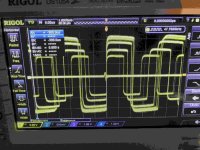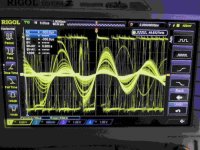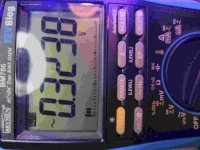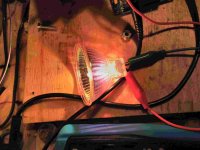220422-0840 EDT
tortuga:
I am going to try to get back to your basic problem. Tungsten incandescent bulbs burning out in a short time.
We know that an incandescent bulb's brightness increases as we increase power input.
In your case, because bulbs are burning out quickly, we can assume that more than the nominal voltage, current, and thus power are being applied to the bulbs.
To get a frame of reference we can apply the correct nominal voltage to a good bulb. I suggest a 12 V car battery that has been fully charged, and then let to rest for possibly 12 hours ( not at all critical amount of time, but long enough that the battery gets to a nominal rest value. This should be slightly over 12 V. ) .
You want to have a means to measure this bulb intensity. I won't describe that now. This means you also need to measure input power to the bulb, and therefore RMS voltage across the bulb.
Next you connect the light to the track via some wires, and measure its light intensity. We are estimating that this brightness will be quite a bit higher because of the short lamp life you have experienced. Now that you have exposed wires to the bulb, again try to measure voltage across the bulb. Try both AC and DC measurements. What do you see?
.






